I primarily visited Egypt in January to continue my research on tombs. As I am now 77, it's time to select one that befits my stature. I've already seen the Taj Mahal and rejected it as ostentatious. And the tomb of Emperor Qin Shi Huangdi in Xi'an, China, where he was buried with 7000 terra cotta soldiers and horses, creeped me out when I saw it and considered being buried the same way. In Egypt I visited King Tut's tomb and several pyramids, each a tomb for a pharaoh of what is called The Old Kingdom. Right now, I'm leaning towards a version of Tut's tomb, so now I must contact the director of the cemetery at St. Casimir's in Northeim, where three generations of Sieverts rest, to see what I can build there.
Seriously, Egypt simply stuns the senses. Over 5000 years ago they established a civilization before first the Persians, then the Greeks, and finally the Romans subdued them. So many of the structures they built, temples, tombs, and obelisks, still stand. Will any of our structures last three to five thousand years?
I first flew to Aswan in the south, a city on the Nile River. Then I took a taxi 200 miles north down the Nile to Luxor, site of numerous temples and tombs of kings. Next, I flew to the Sinai Desert, the land of Moses, in the eastern part of Egypt before flying to Cairo to see the nearby pyramids at Giza and Saqqara.
Dorothy and I visited Egypt in 2004, and it was her favorite place in the world she ever visited. She especially liked climbing inside the tallest pyramid, all the way to the burial chamber of King Khufu. Not for the claustrophobic, it was extremely narrow and steep--but thrilling to navigate.
Just to the west of Cairo, and on the west bank of the Nile River, lie the sites of the ancient pyramids. The most famous are the three gigantic pyramids of three generations of pharaohs at Giza, built during the Old Kingdom (the early part of Eqyptian history). They were the last pyramids built. Earlier pyramids and other structures lie 20 miles south at Dahshur and Saqqara. They are smaller, but more varied in form, so they add great interest to the area. Luckily, the big tour group companies rarely visit there, so I encountered few people when I visited.
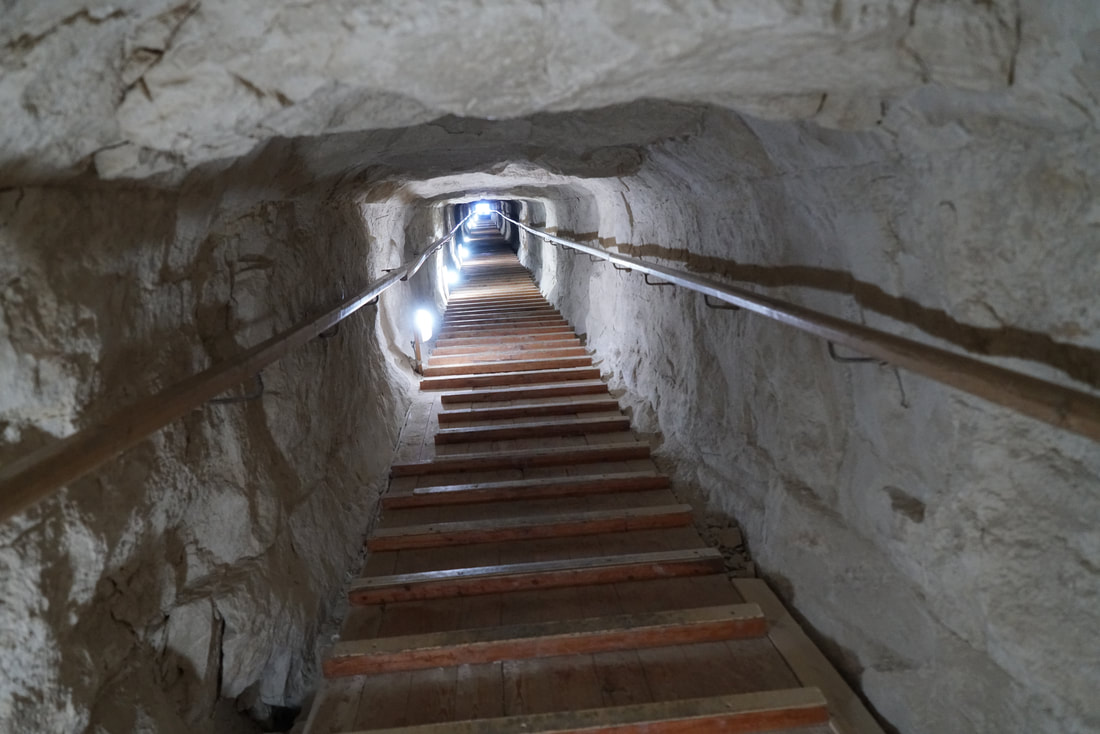
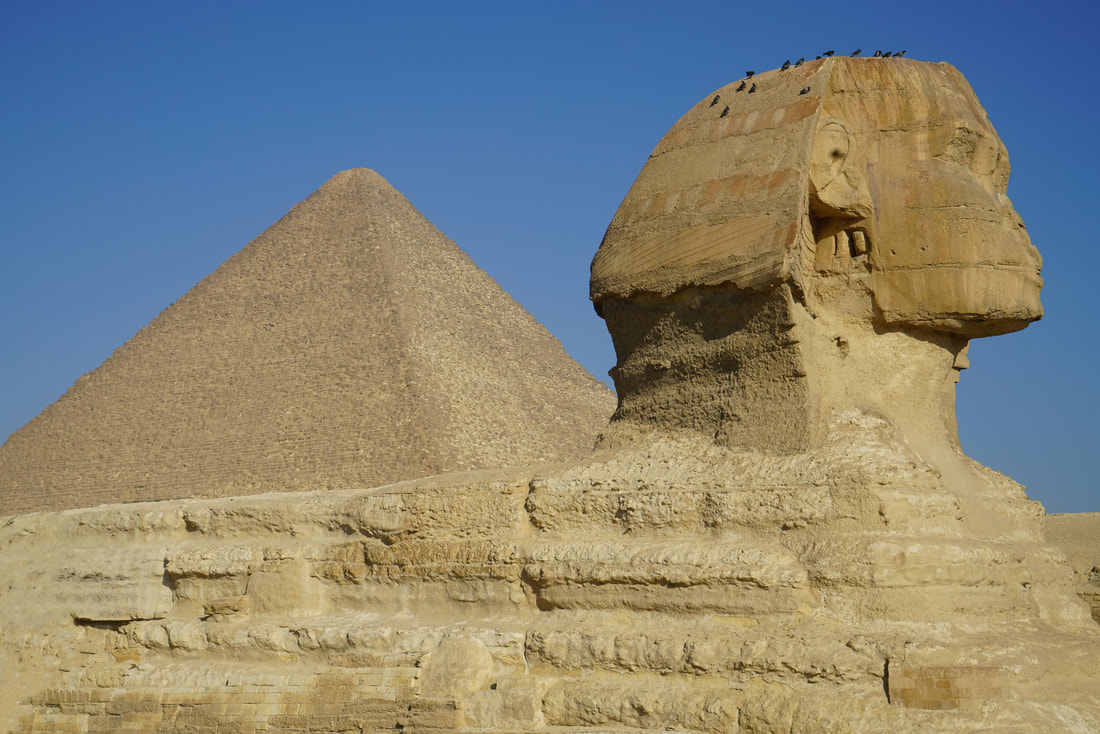

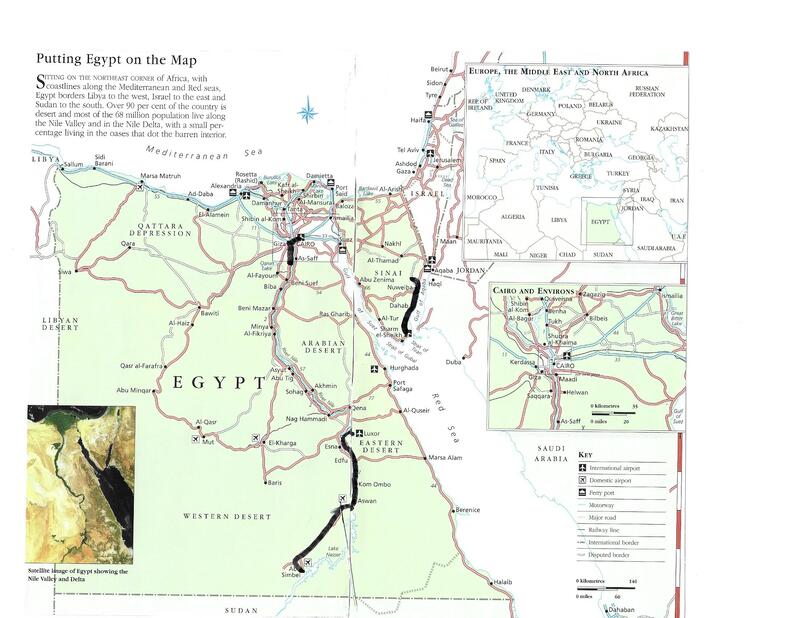
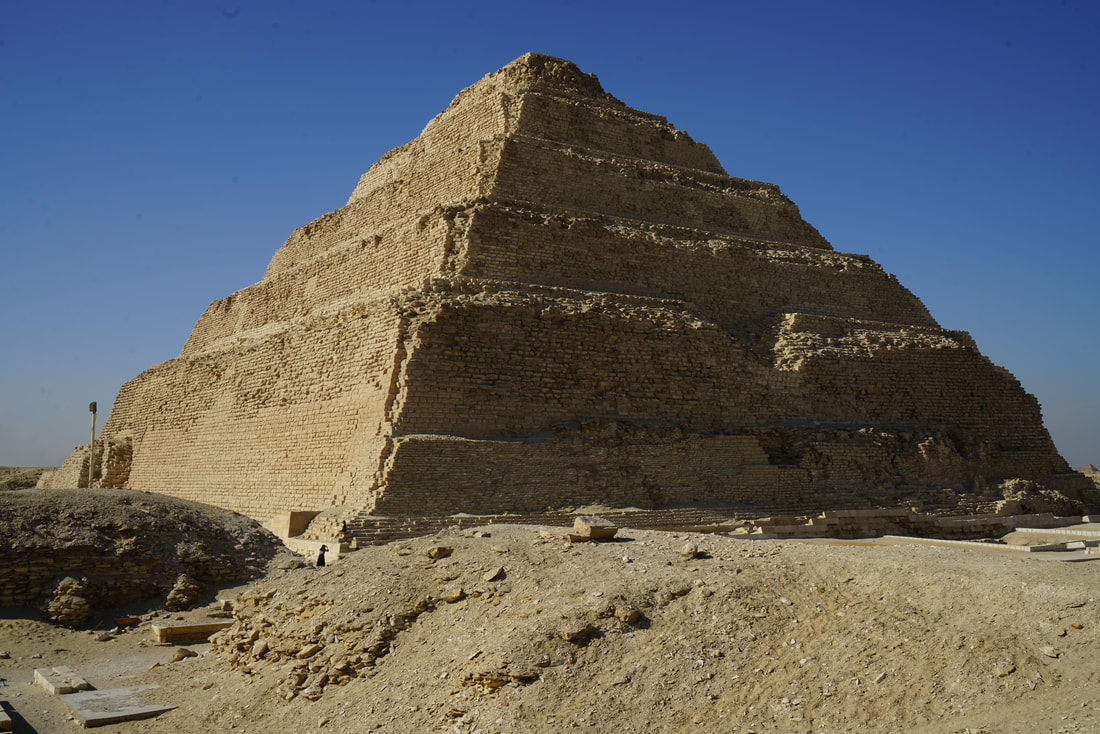
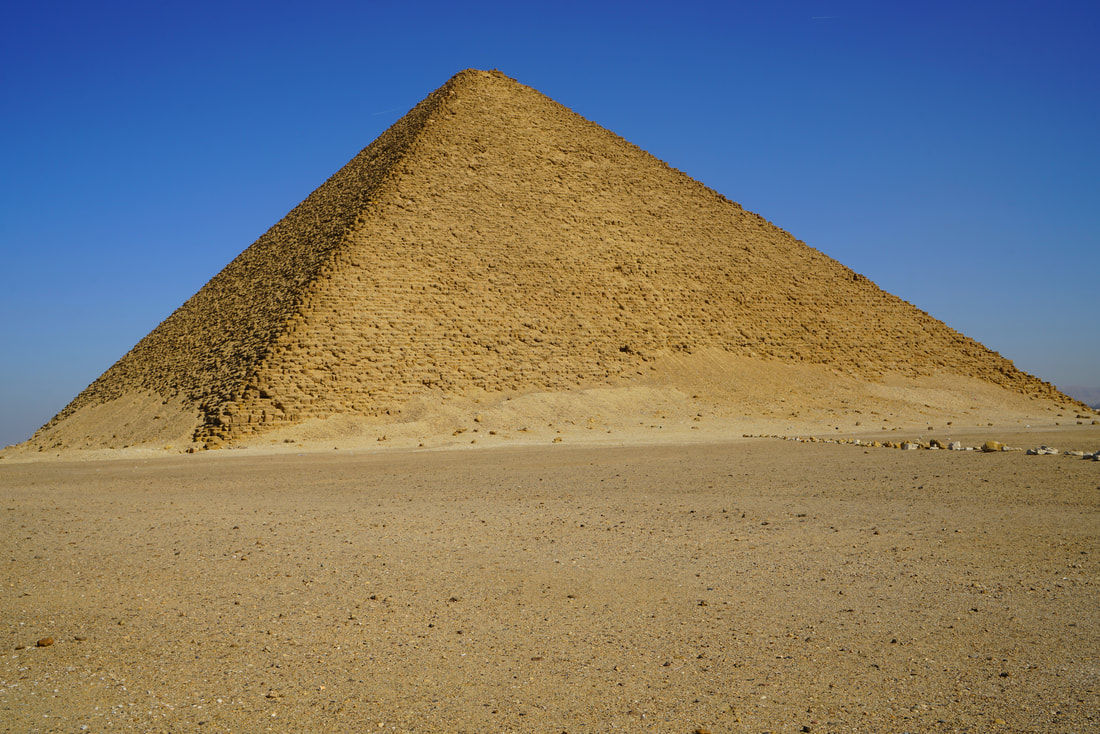
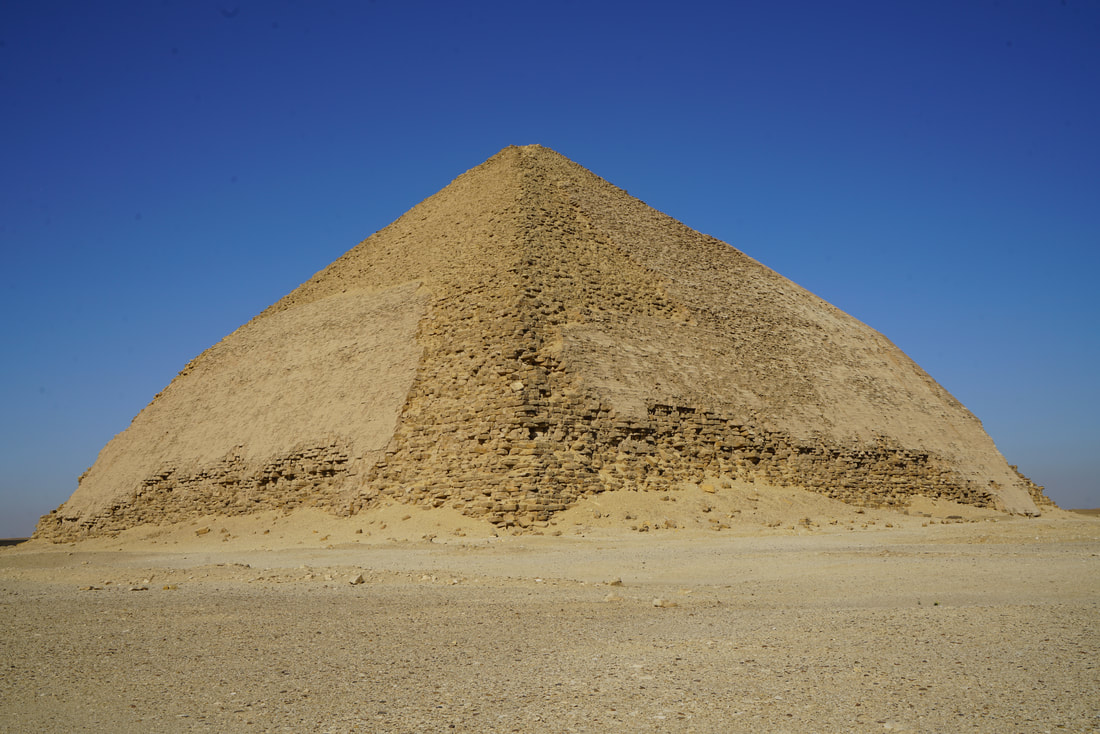

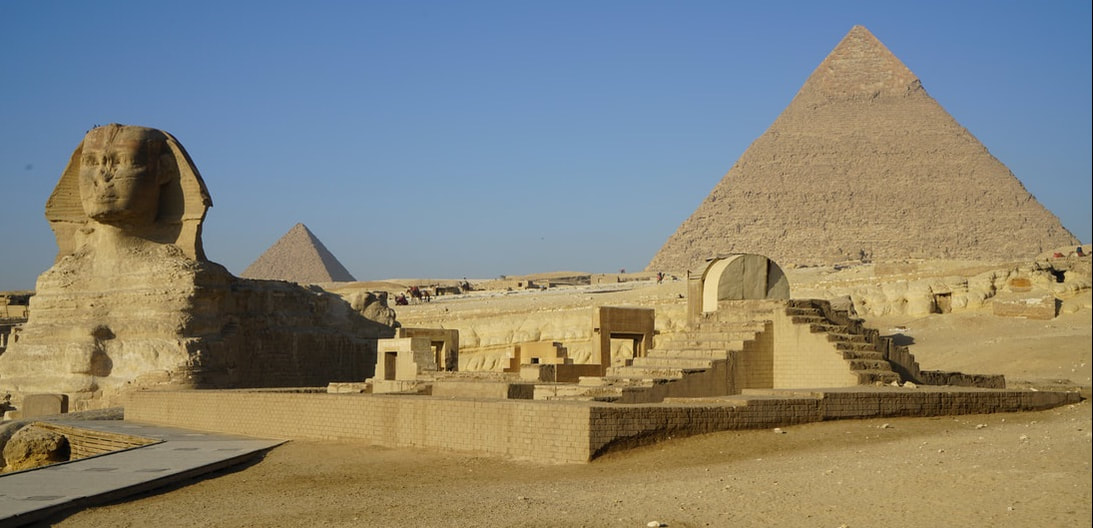
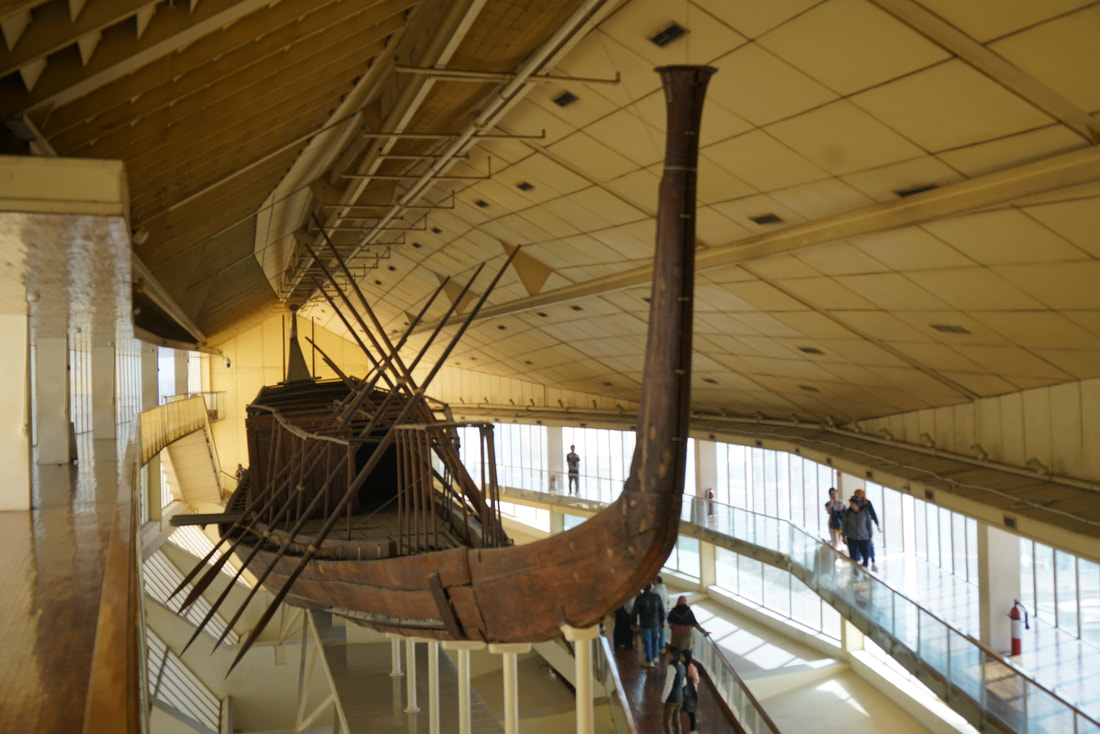
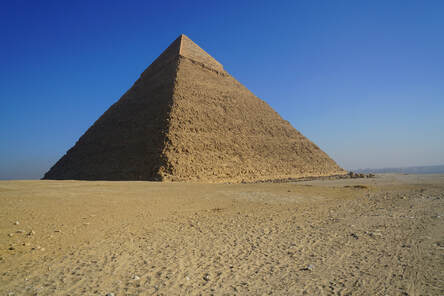
 RSS Feed
RSS Feed